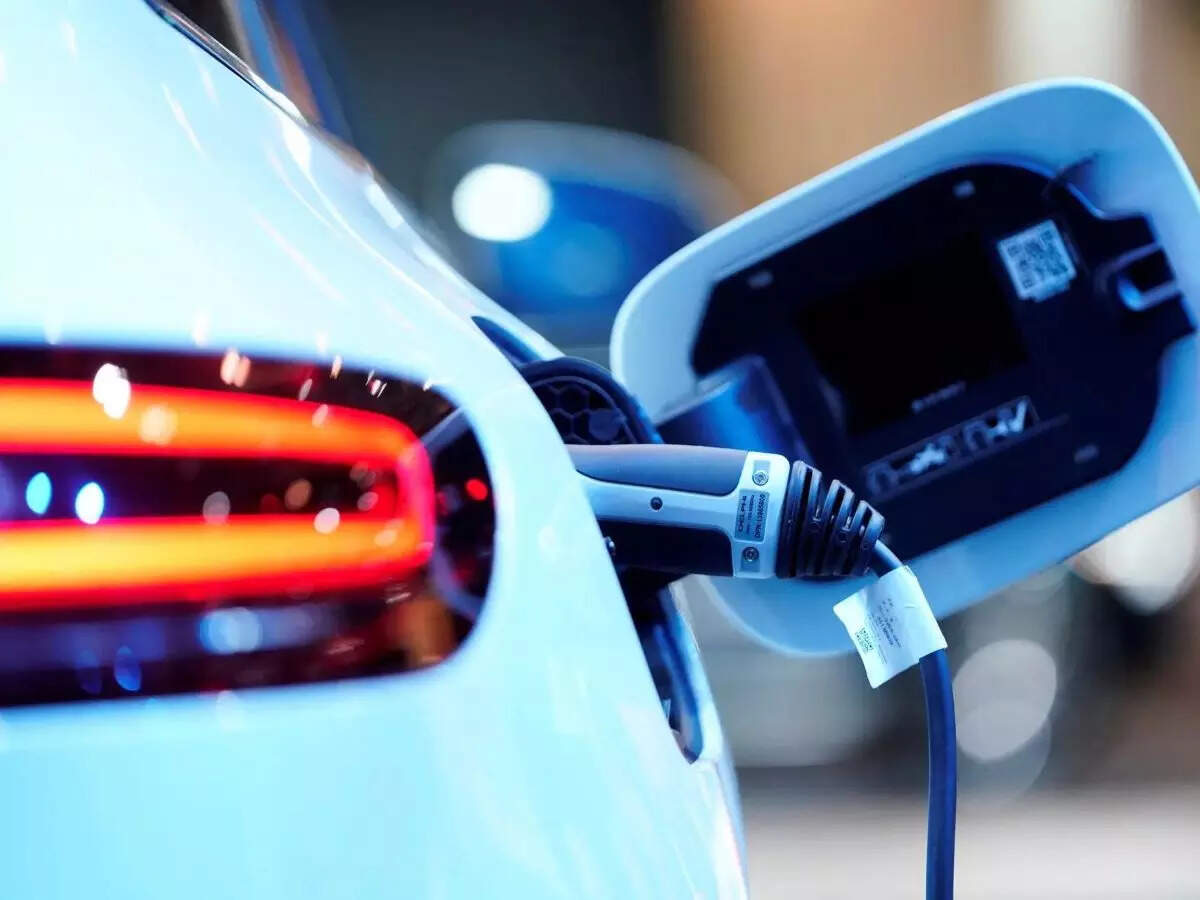
With a projected increase in electric vehicle penetration from 30% to 50% in two-wheelers and from 5% to 20% in four-wheelers by 2040, the Nagpur Municipal Corporation (NMC) has set goals to bolster its EV infrastructure. NMC plans to expand the number of public charging points from 150 to 300 by 2027.
NMC also aims to establish at least 100 public or semi-public battery swapping stations across the city by 2025. These targets were outlined in the Nagpur City EV Readiness Plan, unveiled on Tuesday by municipal commissioner Abhijeet Chaudhari at NMC headquarters.
“The plan was prepared based on suggestions from over 70 stakeholders. The EV Readiness Plan focuses on three key areas: End-to-end connectivity, charging and battery swapping infrastructure, and the electrification of public transport,” said Chaudhari.
Nagpur’s EV ecosystem has seen significant growth, with EVs accounting for 22% of new vehicle registrations in 2024, up from 1% in 2020. The city has 83 public charging stations, largely along metro lines and arterial roads. City agencies have taken initiatives to support EV adoption, such as establishing the Nagpur City EV Cell, electrifying 20% of the public bus fleet, and deploying public charging stations.
The plan sets specific EV penetration targets for various vehicle segments — 50% of two-wheelers, 100% of e-rickshaws, 70% of passenger three-wheelers, 20% of private four-wheelers, and 40% of commercial four-wheelers — by 2027. The charging infrastructure targets include at least 300 public/semi-public charging points and 100 battery-swapping points by 2027.
To achieve these targets, the plan proposes solutions focused on three thematic areas: Streamlined EV financing, electrifying first-and-last-mile connectivity modes, and citizen awareness campaigns. It aims to increase the number of public charging stations to 150 by 2025 and 300 by 2027 and establish 100 public/semi-public battery-swapping points by 2025. The plan also emphasises the need for a single-window clearance process, long-term policy commitment, and upgrading upstream electrical infrastructure.
Public transport electrification is a key focus, with a target of 50% electrification of public buses by 2026.
Implementation and way forward involve establishing a framework to track EV readiness, partnering with private companies for co-investment in EV infrastructure, initiating pilot projects, and implementing regulatory policies to promote EV usage and support public transport electrification.

